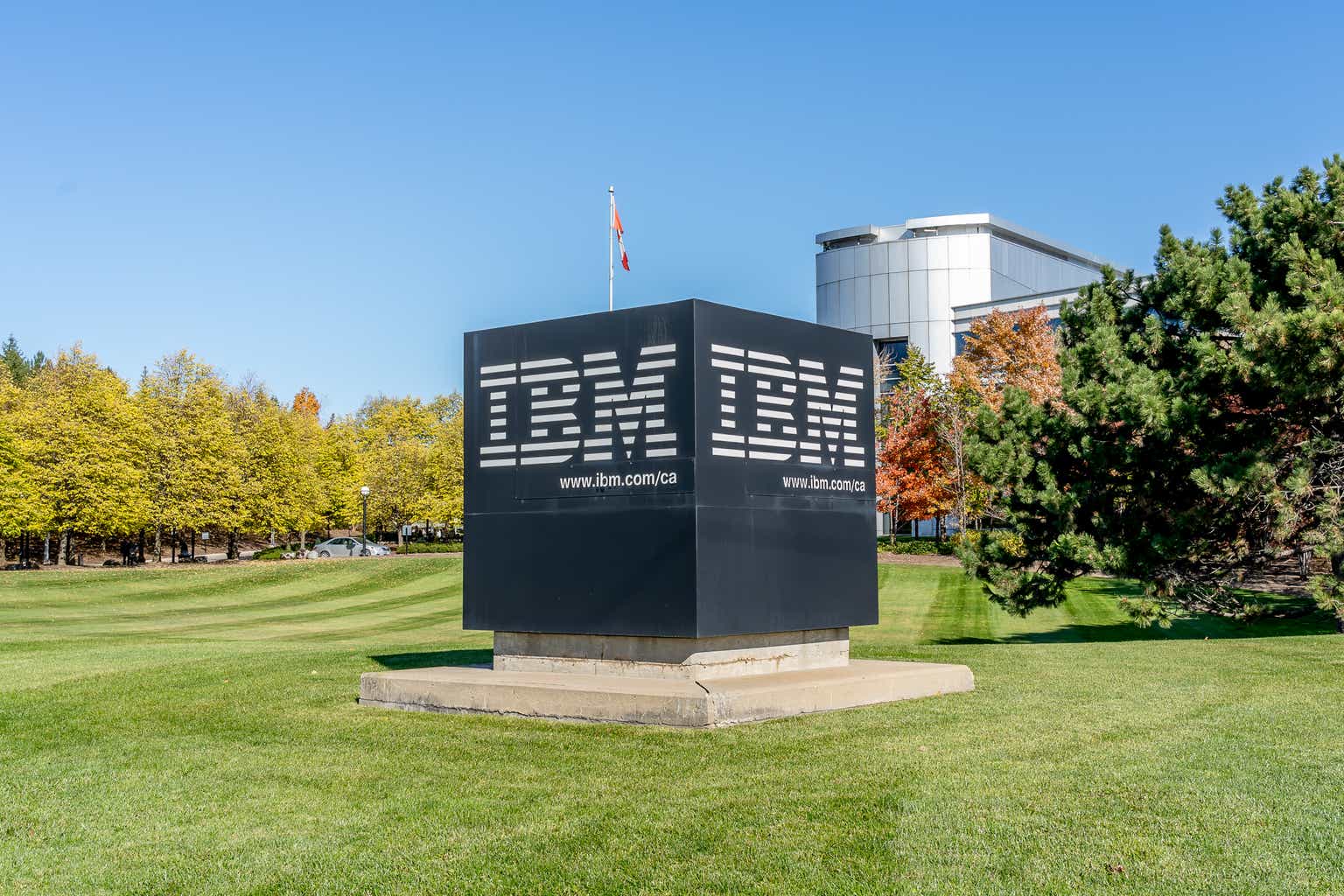
Europe stands at a pivotal moment. On one hand, demographic pressures, energy market volatility and sluggish productivity are squeezing growth. On the other hand, the continent has an opportunity to reassert its competitiveness with the United States and China, which are taking the lead in strategic technologies such as AI.
This matters because AI is arguably the most transformative technology for productivity in history. By one estimate, generative AI alone could add over $4 trillion to global GDP by 2030. Even a small slice of that pie could be game-changing for Europe’s prosperity.
European organizations do not need to take the lead in AI model development to benefit from the technology or revive their competitiveness. Instead, there is a generational opportunity to become the first to deeply embed AI at scale, harnessing the advantages of their unique enterprise data.
When coupled with Europe’s industrial strength, high regulatory standards, and world-class talent, rapid AI adoption can become a powerful source of competitive differentiation and economic renewal for the continent as a whole.
Why AI adoption matters
Like elsewhere, enterprise AI adoption in Europe is building momentum. In a recent IBM survey—The Race for ROI—66% of senior European executives said their organization has seen measurable productivity gains from AI, with 41% expecting a return on investment (ROI) within a year. In other words, real use cases are starting to get real results.
Examples are showing up across industries. Consider a logistics operator that has embedded AI agents throughout its supply chain. These intelligent systems predict demand, reroute shipments, and optimize deliveries in real time, improving customer experience and margins.
Or take a pharmaceutical company using AI to accelerate drug discovery by automating reviews of scientific literature and screening new molecules. What once took months now happens in days or hours, bringing treatments to market faster.
These scenarios illustrate how AI, when deployed strategically, can supercharge operational performance and accelerate innovation—two pillars of long-term success.
For that to convert into a competitive advantage, European companies need to adopt AI more quickly and deeply than their rivals abroad. So where can leaders begin to spur progress and unlock measurable value?
- Harness trusted, enterprise data
Data is the raw material of competitive advantage in AI. Models trained on high-quality, domain-specific data outperform generic models built on data scraped from the Internet. This advantage is multiplied when the models are infused with enterprise data, unique to one company or industry.
Only around 1% of the world’s enterprise data has been infused into AI models so far, so there is an opportunity to be an early mover—particularly in data-rich industries where Europe leads, such as advanced manufacturing, life sciences, and consumer goods.
L’Oréal, for example, has amassed 16 terabytes of proprietary beauty data to train AI models that accelerate the discovery of novel and more sustainable cosmetic formulas.
It could be German medical device manufacturers, Italian car makers, or Danish brewers—their vast data sets, sometimes built up over generations, are their crown jewels. The EU’s high standards for data integrity and AI transparency add yet more competitive differentiation to ‘Made in Europe’ AI solutions, by helping both to reduce adoption risk and to increase consumer, government and investor trust.
- Centralize and orchestrate AI operations
Research shows that centralizing AI operations can achieve up to 34% higher return on investment than decentralized systems. Coordinating data, talent and technology across business units means that models and AI agents can be reused and adapted for multiple purposes. For instance, a fraud detection model built for finance can be quickly adapted for supply chain security.
A recent example is France’s Elior Group, a global leader in catering services, which is building a “data and AI factory” to unify its digital innovation efforts, supporting faster deployment of AI tools across its operations.
- Invest in AI upskilling and literacy at all levels
The biggest productivity gains from AI come not when it replaces work, but when it is embedded into how work gets done. This requires a workforce—and leadership—that understands how to operate alongside intelligent systems.
At IBM, our consultants now use more than 3,000 AI assistants and 60 domain-specific applications to augment their work, improving productivity by up to 50% for some tasks. To replicate this success, European businesses must make AI literacy a company-wide priority, from the factory floor to the boardroom.
Making employees experts in how to maximize the benefits of AI not only enhances performance but also fosters trust and engagement during times of change.
Europe’s opportunity
The challenges facing European firms are formidable, but they are outweighed by Europe’s strengths—its industrial expertise, high-quality data and regulatory standards, and commitment to responsible innovation.
The combination of faster AI adoption with Europe’s unique industrial and intellectual assets offers the chance to renew how the region competes on the world stage.
Those who act boldly today in harnessing the technology strategically across the enterprise, by investing in data, technology and people, could shape the future of European innovation for decades to come.
The opinions expressed in Fortune.com commentary pieces are solely the views of their authors and do not necessarily reflect the opinions and beliefs of Fortune.















